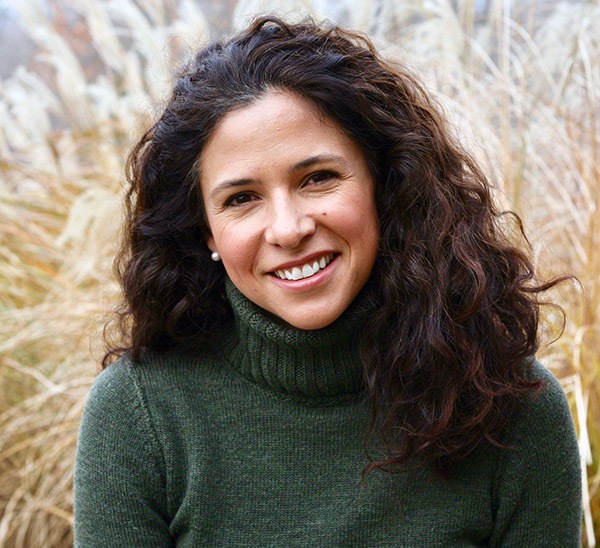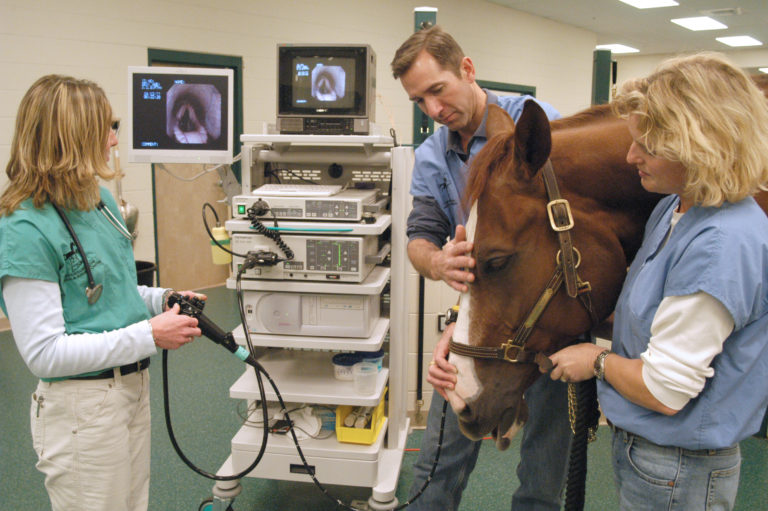Q: Are hindgut ulcers the same thing as stomach ulcers? If not, what is the difference and how can a horse owner safely differentiate between the two? —Name withheld by request
A: No, hindgut ulcers are not the same as stomach ulcers. The term “hindgut” refers to the segment of a horse’s intestines that follows the small intestine. Hindgut ulcers are typically located in the right dorsal colon, as opposed to ulcerations in the stomach (also called gastric ulcers). Following are ways to help you differentiate between the two and reasons why you should know the difference.
How would I know if my horse has hindgut ulcers?
The signs of hindgut ulcers are varied and the degree to which a horse is affected will usually contribute to which of these signs your horse shows. But the simplest sign to watch out for is loose manure. That can be anywhere on the spectrum from true diarrhea to normal-formed manure with just a liquid component expressed at the same time. A simple telltale sign that should make an owner suspicious that her horse may be suffering from hindgut ulcers is manure stains along the inner thighs and on the tail.
Why do hindgut ulcers matter for my performance horse?
Inflammation of the colon can contribute to irritability, weight loss and poor performance.
What should I do if I suspect my horse has hindgut ulcers?
Your veterinarian is always the best place to start when you are concerned about a possible health issue. The most accurate way to diagnose the condition is through a combination of transabdominal ultrasound and bloodwork, but even these tests can yield inconsistent results. And while diagnosis of hindgut ulcers can be challenging, there are some simple dietary changes that can help a horse immediately.
Is there something I can do to prevent the development of hindgut ulcers?
There is currently no medication that can prevent hindgut ulcers from forming. Our best defense is supporting a healthy digestive tract and minimizing stress and inflammation in the colon, where it can promote a local environment that potentiates the risk for ulcers developing. Strategies include using probiotics and prebiotics, avoiding excess dietary starch, feeding readily digestible fiber sources and products that directly nourish the lining of the colon through the production of its preferred energy source.

Christina “Cricket” Russillo, DVM graduated from the Tufts University School of Veterinary Medicine in 2001. Following graduation, she completed a large animal medicine and surgery internship at Texas A&M and realized her desire was to work on elite sport horses. After 13 years of practice at Fairfield Equine Associates in Newtown, Connecticut, focusing on high-level show-jumping and dressage horses, she joined Virginia Equine Imaging in June 2015. Russillo relocates to Florida every winter to support her clients and patients in Wellington and the surrounding areas. She is a member of the International Society for Equine Locomotor Pathology and hopes to attain certification next year. In February 2017, Russillo was appointed the U.S. Dressage Team veterinarian. In addition to her busy schedule focused on sports medicine, she enjoys spending time outdoors with her husband and daughter. She has competed through Third Level and loves to play tennis.
This article first appeared in the January 2018 issue of Dressage Today.











